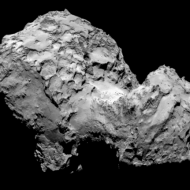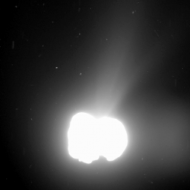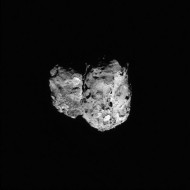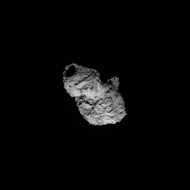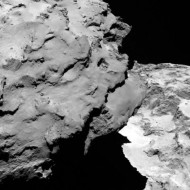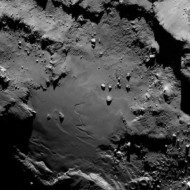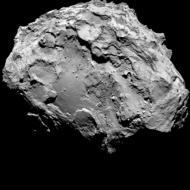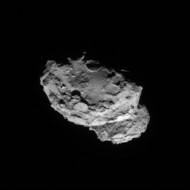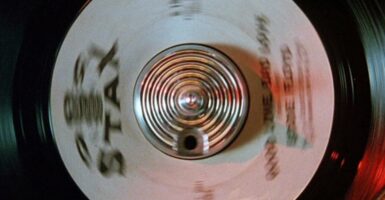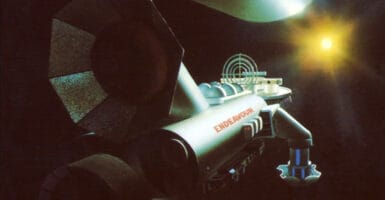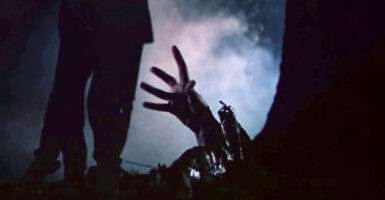Rosetta Spacecraft Sends Back Stunning Close-Up Photos Of A Comet
This article is more than 2 years old
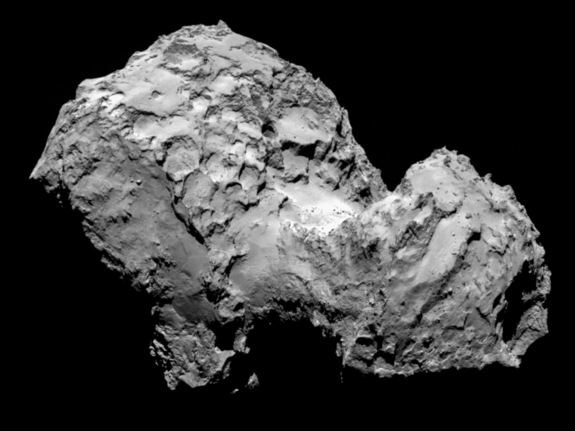 You don’t hear the phrase “scientific Disneyland” all that often, at least not in my line of work, but that is how one observer described the new close-up photos of a comet that just arrived courtesy of Europe’s Rosetta spacecraft.
You don’t hear the phrase “scientific Disneyland” all that often, at least not in my line of work, but that is how one observer described the new close-up photos of a comet that just arrived courtesy of Europe’s Rosetta spacecraft.
Rosetta, launched in 2004, recently arrived at Comet 67P/Churyumov-Gerasimenko, which is a mouthful—I bet his friends just call him 67P—and almost immediately started sending back incredible pictures. This is a meeting that was more than a decade in the making. Taken at a distance f roughly 81 miles away, the photos show off what scientists are calling the “neck,” “head,” “body,” and “head of the dirty snowball” of the deep space projectile, all in incredible detail.
The guy responsible for the Disneyland crack is Mark McCaughrean, the European Space Agency’s senior scientific advisor with their Directorate of Science and Robotic Explorations. Watching a webcast of Rosetta’s arrival at the comet on August 6, he said, “We’ve arrived. Ten years we’ve been in the car waiting to get to scientific Disneyland, and we haven’t even gotten out of the car yet and look at what’s outside the window.”
Rosetta and the comet are hanging out approximately 251 million miles from Earth, but realistically the meeting of these two marks the beginning of the true mission. Over the next little bit, Rosetta will start an orbit that allows it to gradually get closer and closer to the comet, but there’s way more to this job. The automated craft has been towing some cargo across the galaxy, they brought along the Philae lander. Now researchers are looking for an appropriate place to set down and release the rover.
Granted, in Armageddon they were landing on an asteroid, which is a different kind of speeding celestial body entirely, but from what we saw there, this sounds like rather hefty task. They should have brought Bruce Willis along for the ride. Once there, Philae will rove around in order to learn more about the composition of the comet.
These photos are incredible, there’s not really much to say about them than that. You should take a few moments to peruse these images for yourself. Maybe you’ll have better luck coming up with some way to describe them that is slightly more articulate and on point than “awesome” and “totally awesome,” which, at the present time, is the best I’ve got going.
After it touches down, Rosetta is going to stick with the comet, including when it makes its closest pass to the sun in August 2015, in order to observe its behavior.
